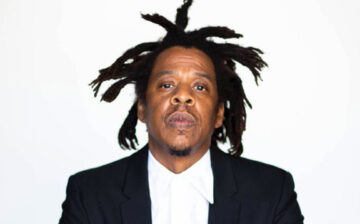
SL Green and Caesars Entertainment have their work cut out for them in an effort to secure the one casino license for downstate New York not already accounted for. The two companies consider Times Square the best location. The partnership has a new partner—rapper and entertainment guru Jay-Z, who not only supports the concept but is putting money into the project at 1515 Broadway.
The role of Jay-Z’s Roc Nation will be to program entertainment, not just at the casino but also at other SL Green properties in the Times Square area, according to the New York Post.
“New York is the epicenter of culture. We have the opportunity to create a destination at the heart of the true crossroads of the word. My partnership with SL Green and Caesars has all the promise and commitment to economic opportunity, growth and enrichment for the community,” Jay-Z said in a statement.
Caesars Palace Times Square, as it’s to be called, will occupy eight floors in the 54-story tower and none on the ground floor. Indeed, the ground floor will include an entrance to the Minskoff Theater.
SLG CEO Marc Holliday indicated the casino may be as small as 250,000 square feet. An 800-room hotel would occupy floors above the casino.
The plan is supported by owners of restaurants such as Carmine’s, Bond 45 and Junior’s, by Actors Equity and hotel and construction unions.
But the powerful Broadway League opposes the plan and gambling in the Times Square area.
Despite the opposition, Holliday expects ticket sales for Broadway will skyrocket, including those the consortium will buy for distribution to casino customers. The casino project will bring in seven million additional visitors to Times Square, $166 million in retail purchases outside 1515 Broadway and seven million restaurant meals, he said.
For Holliday, the project is vital to slow the gradual decline in the district.
The slide, Holliday said, doesn’t yet mark a return to the lawless days of the 1970s to the early 1990s, although crime is noticeably up, but rather a slow-but-steady unraveling of the commercial energy and sense of security that Times Square had only 10 years ago.
Times Square district office vacancy has ballooned from 5 percent to 25 percent in the last decade, according to CBRE.



